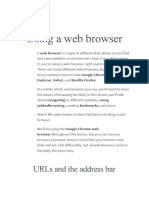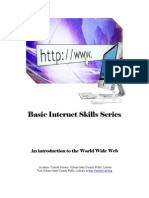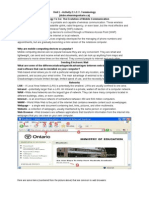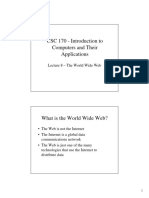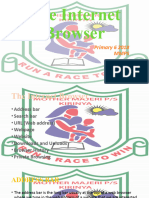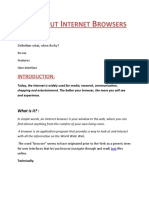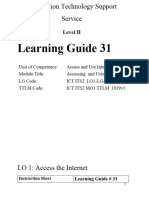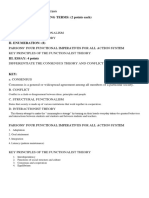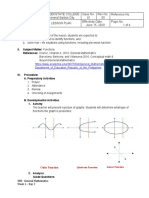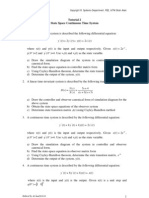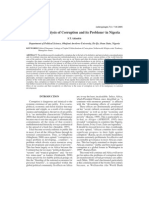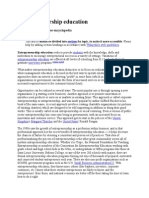0% found this document useful (0 votes)
11 views20 pagesCss Lesson Outlined
The document outlines a comprehensive curriculum for a CSS lesson spanning five weeks, covering topics such as web browsers, preventive maintenance, and measurement techniques. It provides detailed information on the functions and components of web browsers, preventive maintenance strategies for computer systems, and various measuring instruments and units. Additionally, it emphasizes the importance of maintaining computer systems and the principles of mensuration in calculations.
Uploaded by
Dolly MatibagCopyright
© © All Rights Reserved
We take content rights seriously. If you suspect this is your content, claim it here.
Available Formats
Download as DOCX, PDF, TXT or read online on Scribd
0% found this document useful (0 votes)
11 views20 pagesCss Lesson Outlined
The document outlines a comprehensive curriculum for a CSS lesson spanning five weeks, covering topics such as web browsers, preventive maintenance, and measurement techniques. It provides detailed information on the functions and components of web browsers, preventive maintenance strategies for computer systems, and various measuring instruments and units. Additionally, it emphasizes the importance of maintaining computer systems and the principles of mensuration in calculations.
Uploaded by
Dolly MatibagCopyright
© © All Rights Reserved
We take content rights seriously. If you suspect this is your content, claim it here.
Available Formats
Download as DOCX, PDF, TXT or read online on Scribd
/ 20






